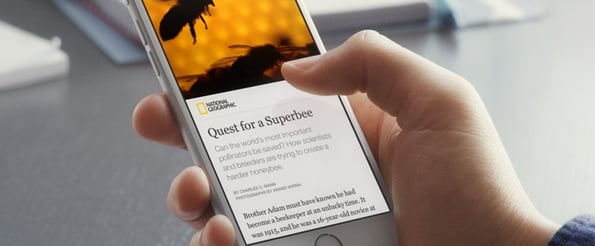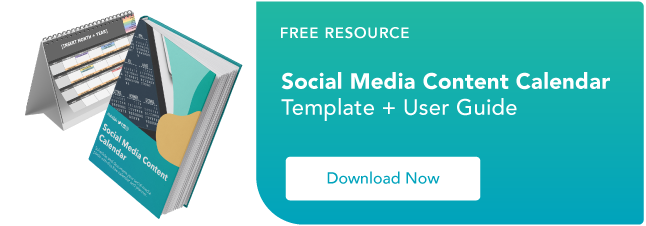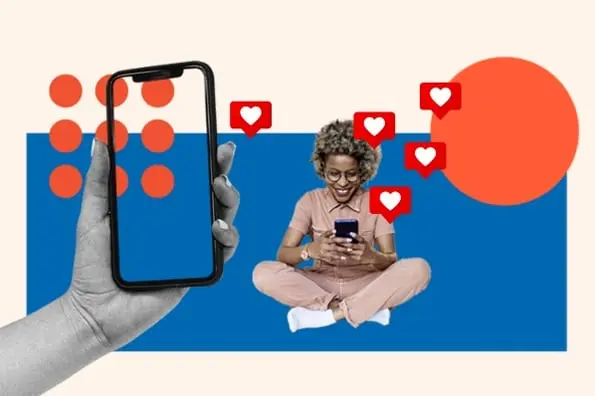

When Facebook recently launched Instant Articles, the internet and publishing community was buzzing.
Publishers were excited -- by hosting their own articles within Facebook but still displaying their own ads, they could generate more traffic and attention from the Facebook community. Users were also excited -- Instant Articles are much faster and more interactive than typical mobile websites.
And with the buzz came many important questions about what it meant for Facebook marketing.
Are Instant Articles going to kill websites? No. Are publishers and marketers making a mistake leveraging Instant Articles? Maybe.
Here's why.
Smart Move for Facebook
As a user, the experience of Facebook Instant Articles is great. You can get to the story you want almost instantly. Compared to the app's built-in web browser, Facebook Instant Articles are a major speed and experience upgrade. I can quickly read an article, get right back into my feed, and move on to the next update.
Facebook is brilliant. They understand that a great content consumption experience is critical to their users staying engaged on their platform.
We've seen this most recently in Facebook’s approach to video. Recent data suggests Facebook is gaining ground on YouTube as the video consumption destination on the internet. And with 1.25 billion mobile monthly active users, it's only logical for Facebook to take the same approach with mobile text content consumption. Instant Articles give users a better experience while keeping them contained within the Facebook mobile application. Well played, Facebook.
What This Means for Marketers and Publishers
The Wall Street Journal is reporting that many of the major publishers are getting 60% of their referral traffic from Facebook.
That previous sentence contained one very important word: “referral.” These publishers aren’t getting 60% of their entire web traffic from Facebook -- Facebook is only driving 60% of the clicks from links back to publishers' sites. That is a very important point to understand. Referral traffic is only one source of traffic to a website or blog -- and it's a small one.
In fact, a study by Conductor of 30 websites' traffic distribution found that 64% of website traffic comes from search engines. Referral and social traffic? It drives just 17% of traffic. This puts referral traffic in the minority of traffic sources.
Facebook’s pitch is that publishers will get better engagement with Instant Articles -- and this very well might be true. It's also likely that publishers will get additional dark social traffic from Facebook’s messaging application as well as email. However, this traffic could come at an expense.
When a publisher or marketer hosts an article on their own website, any inbound links from other sites that mentioned that article link directly to their own website. This passes authority in Google’s search algorithm, which helps drive more search traffic to the article over the long-term.
With Facebook Instant Articles, sharing and linking is contained within Facebook itself. Publishers and marketers could run the risk of getting fewer inbound links back to their own websites, which ultimately means they could be trading additional Facebook traffic for less search traffic.
Is this a good trade?
When you make a deal with Facebook, you give up control. When you give up control, you give up the ability to predictably drive growth and revenue -- which is exactly what marketers aim to do. Through their website, blog, and other marketing assets, marketers work to drive conversions and properly educate potential customers. By using Instant Articles, marketers and publishers aren't just giving up control of their distribution over to Facebook -- they are also giving control of their audience over to Facebook.
Just take a look at The New York Times' first Instant Article to see what I mean.
One thing that is immediately apparent about this Instant Article is that it is missing the same navigation that the article has on The New York Times' website. When viewing the article on The New York Times' site on mobile or desktop, a user can access the navigation to read other stories, search for a specific article, and see other articles that are currently popular.
On the Instant Article version, The New York Times site navigation is replaced by the option to follow The New York Times on Facebook. And at the very end of the article, there are three other articles from The New York Times -- a smaller and different selection than is offered on The New York Times mobile website.
This lack of control goes against the basic tenets of inbound marketing. In this case, The New York Times published an article that attracted readers to it, but instead of being rewarded for having great content by having the reader continue to consume additional content on their site, the reader is most likely going to go back into Facebook and read a different Instant Article from a different site.
Facebook Instant Articles make the publisher of the content less relevant. The focus is on the individual article much more than it is the publication behind that article. Does the potential distribution increase of Instant Articles offset the brand dilution for publishers?
The odd person out in the rollout of Instant Articles is the marketer. The trade-off of control for traffic might work for many publishers, but not marketers. Publishers have a different business model for their content. Because they monetize based on volume of attention to their content, Facebook Instant Articles have the potential to help them make more advertising revenue.
This is very different than marketers -- they need to not only attract the attention of a potential buyer, but also convert and nurture that person through the buying process. For a marketer's core goal, Instant Articles detract instead of enable.
And we've all seen this movie before. Business of all types scrambled to build, maintain, and grow a Facebook Page -- many even believed it would replace their website. Then, Facebook changed their News Feed algorithm again and again to make it more difficult for those same businesses to reach the fans that they worked so hard to attract. Who's to say that the same thing won’t happen with Instant Articles?
We have long said on this blog that marketers today need to think and act like publishers. If this is really true, should marketers begin fighting to have their blog being distributed to Instant Articles? No. Should marketers give up optimizing their own blog for search and instead just optimize posts for Facebook Instant Articles? No. Maintaining control of your content is key to driving long-term, sustainable business growth.
Image Credit: Facebook
.webp?width=500&height=889&name=ny_times_instant_article%20(1).webp)



![22 Facebook Stats to Know in 2023 [+HubSpot Data]](https://www.hubspot.com/hubfs/Untitled%20design%20%288%29-1.jpg)
![How to Create a Facebook Group for Your Business [+ Why You Should]](https://www.hubspot.com/hubfs/Copy%20of%20Featured%20Image%20Template%20Backgrounds-Jun-30-2023-05-58-51-2746-PM.png)
![Facebook Insights: A Beginner's Guide [+ Step-by-Step Instructions]](https://www.hubspot.com/hubfs/Untitled%20design%20%2838%29.jpg)




